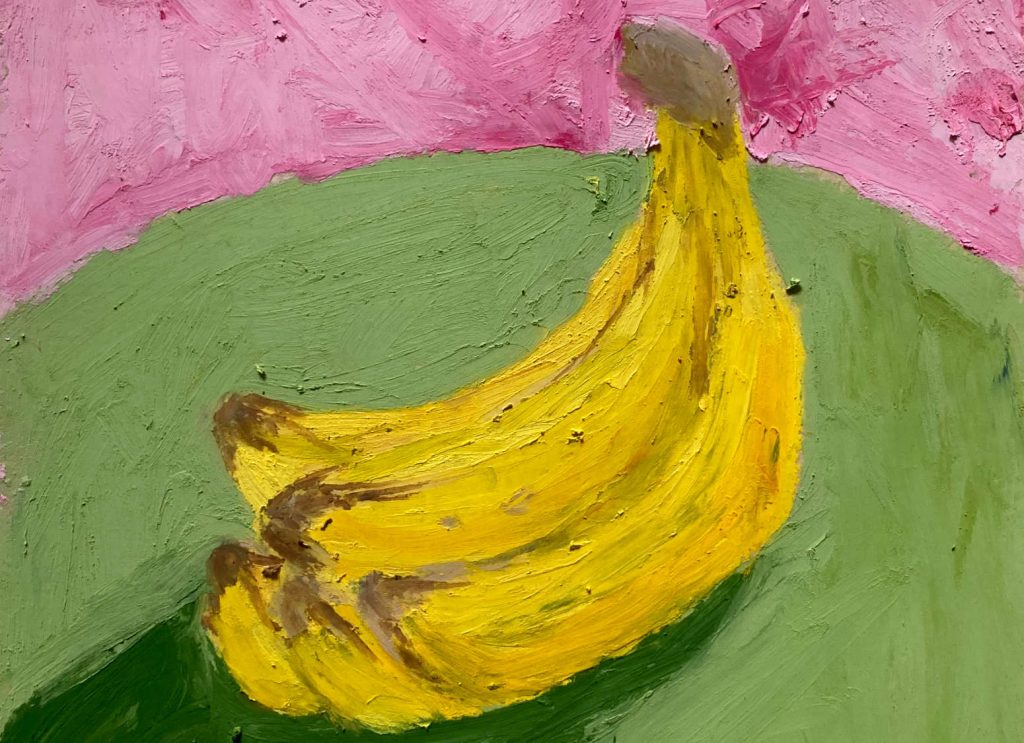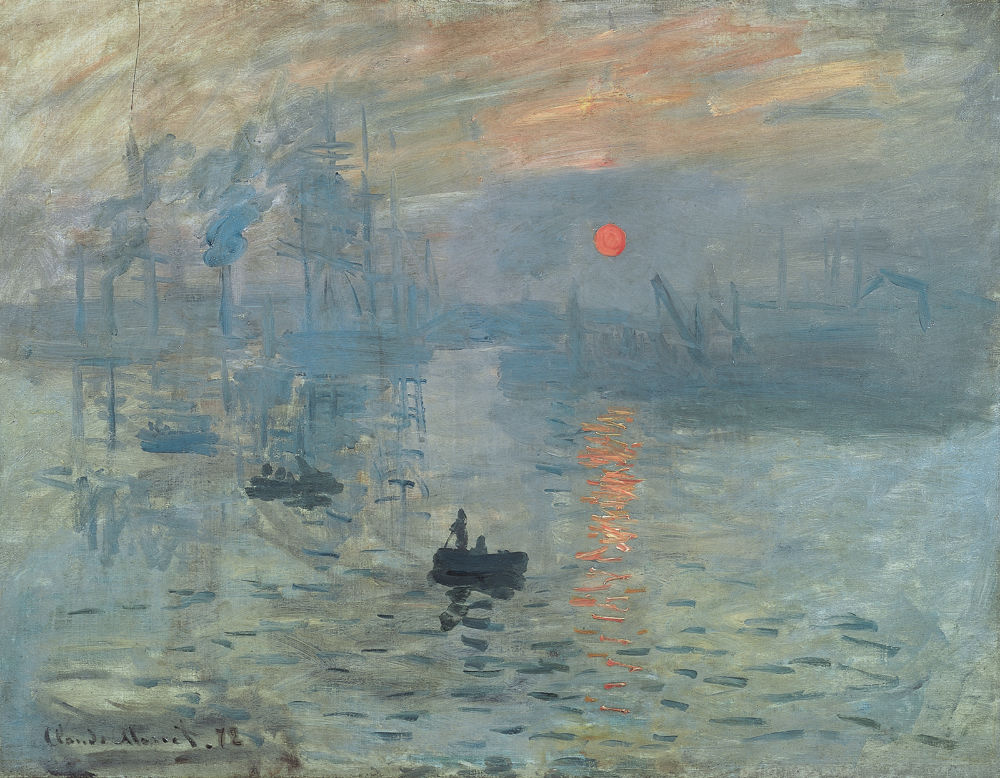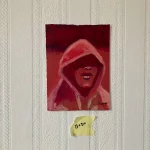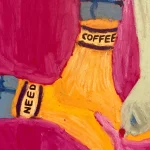Signing your paintings: Monet is right
When you have to choose whether or not to sign your artwork.

I was in 6th grade when I had one of my first blocks: inventing my signature, a signature I would use for the rest of my life. At 11, I was asked to scribble down what would define my identity. At 11, what pressure! My parents had told me they were going to have my identity card made and that I had to create my signature. I was scared, so I immediately looked at my father’s ID card. He had a very large signature with loops and diagonals, and I was fascinated by his signature.
I had to find loops and diagonals too, without any resemblance to my father’s, it had to be precise with an unworked effect, but I had no inspiration.
On my desk, there was a letter from my secondary/middle school, Françoise Dolto in Villepinte, and on the top left, a nice logo with two beautiful loops.
Bingo.
I started with this logo, added a diagonal and my family name, and after filling in an A4 sheet, I had my signature.
Today, I still sign the same way, and it’s as if I’ve sealed my elementary/primary school leaving certificate for life.
Today, I have to differentiate between my signature and my artist’s signature. I have the choice, after all the experiences of my adult life, to be able to start again, but this time without a model, I’ve been waiting for this moment.
There are two schools, those who sign their work on the front and those who sign on the back. I have the impression that collectors dictate what should be done, and I think that’s unfair. It’s the artist’s responsibility to choose where to put his signature. My ultimate reference in painting is Claude Monet, and when I look at the work that launched an entire movement, that of the Impressionists, I stop thinking.
Do like Monet.

Tags


